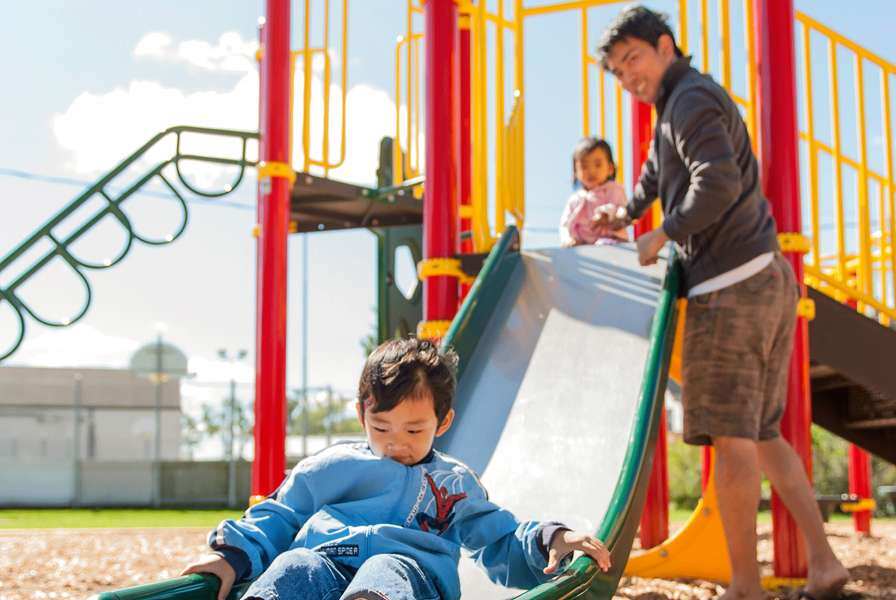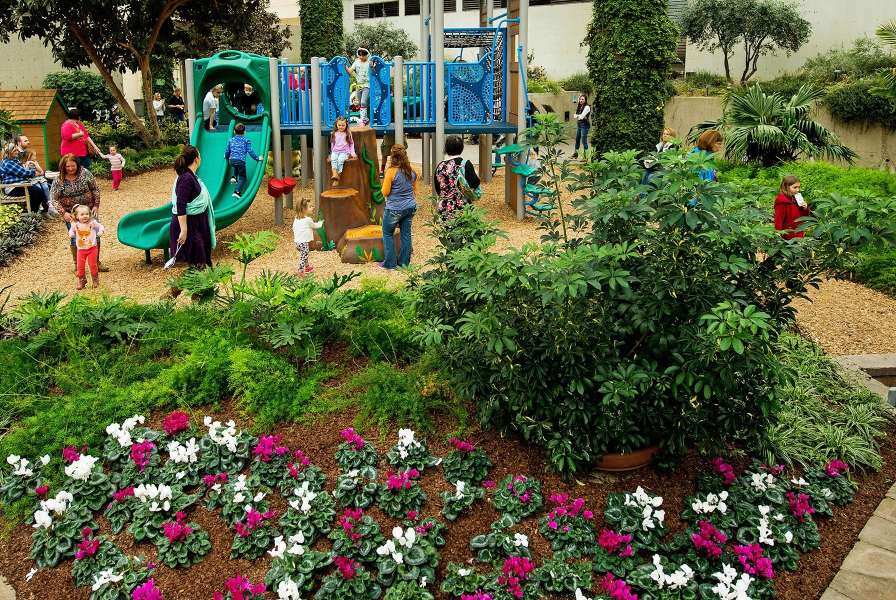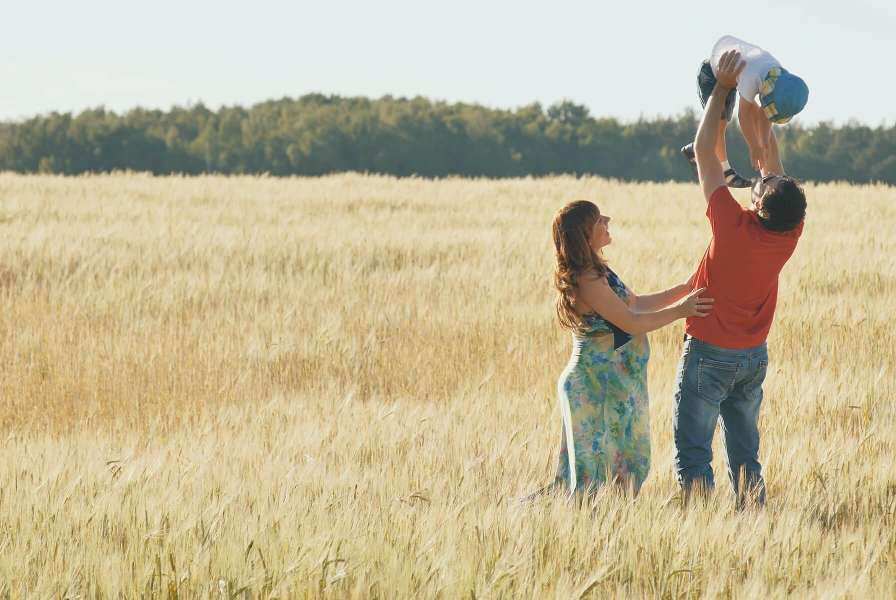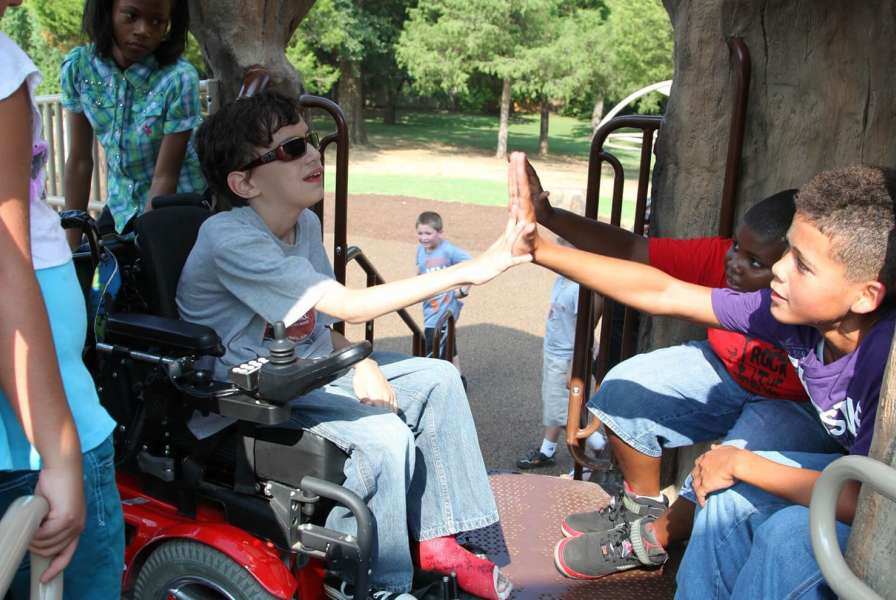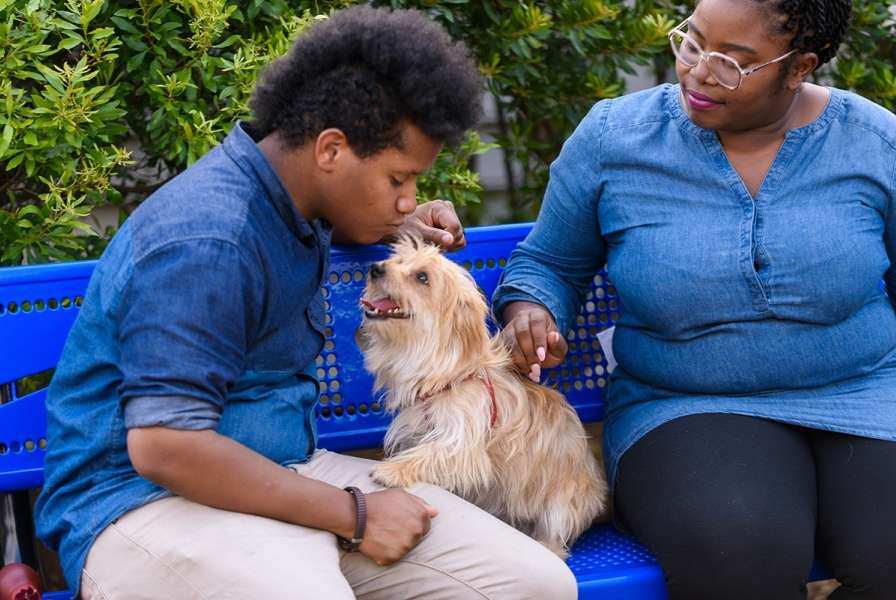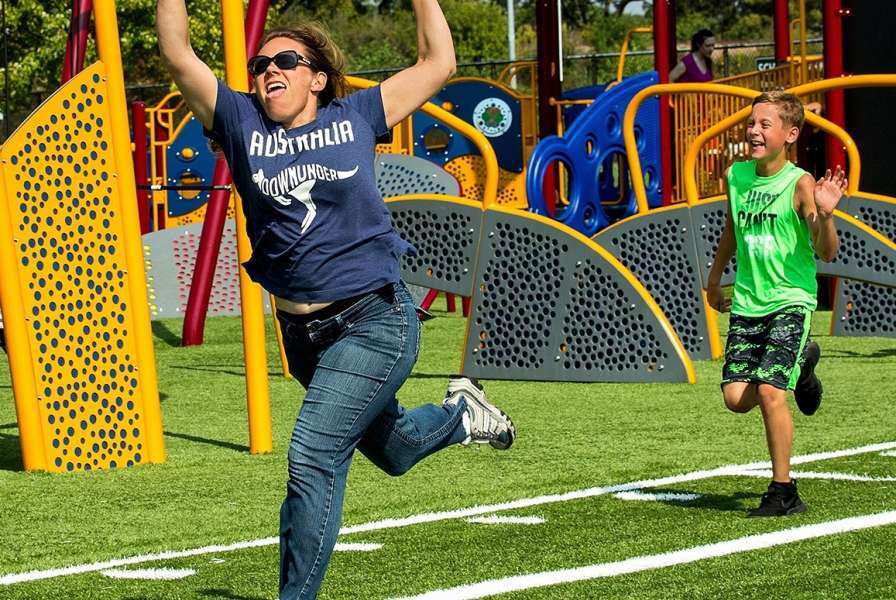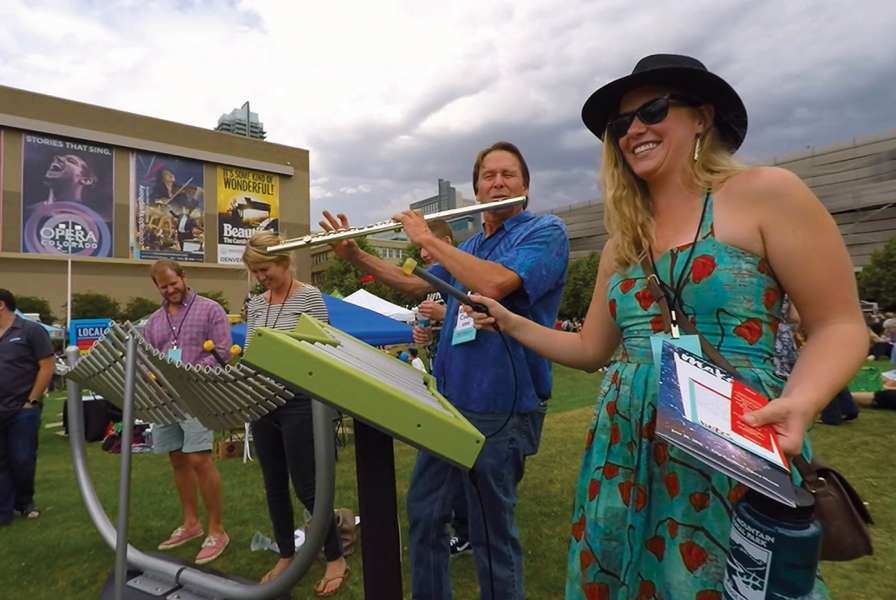The way a safe and well-fed infant matures and spontaneously begins to play is affirmation of its nature as being an integral part of our human design to play in various ways. Here is an example (courtesy of Liz Memel/Resources for Infant Educarers) of enactment by a young child of his imaginative preverbal contemplation to being triggered into playful deliberate action by the presence of a playground slide, leading to his subsequent deliberate mastery of the slide as his "play state" took over. As best we can tell from his future actions, he is first imagining himself playfully involved. As we know, climbing is a play move that is deeply rooted in all of our DNA.
My toddler, (A.) went all the way over (up one side and down the other) of that triangular climber today. He had never done it before, though he'd consider it many times. I've been watching for months as he would cautiously climb the ladder, attempt to go all the way to the top, then step back down the way he came. Today he climbed up once and decided to back down. Then, a few minutes later, he came back to it and went up and over - cautiously, but confidently. Internally, I was throwing a fit - "You did it!" I thought, "Great job, amazing, awesome! You finally did it!" Outwardly, of course, I gave no reaction. And A.? He didn't even look at me. He was doing it for himself, not for me. Didn't even care if I was watching or saw. It was no big deal to him - he just climbed up and over. Then, even better, he did it again, and again. Mastery. And at no point did he look to me for validation or praise. It was his success, on his terms in his time and he owns that! I love it.
It is reasonable to speculate that A's appraisal of the slide, its presence triggered his primate-play climbing instincts, so...he first imagined climbing, and then did it. His preverbal playful imagination was required first, with no extrinsic motivation provided by his mother! This dynamic spontaneously occurs repeatedly as the many play-evoking triggers are bountifully provided by a play -nourishing environment. Though this is a simple example, it provides a base for better understanding of playful imagination as more complex circumstances offer more diverse imaginative reveries.
As is evident from this early play view, as verbal language and social development proceed, the playful imagination that is waiting by nature's design to be activated get propelled and elaborated by virtually any object or social situation. A banana becomes a cell phone, and wake me up imaginative phone conversations. A cardboard box is a fort and we craft make-believe narratives to animate it. Costumes from blankets allow imagined characters to become mentally alive. Thus, given the safety and freedom to master the growing sense of how we and the world interact, imagination is a pivotal aspect of developing an authentic sense of self. We try on various identities.
The world is, during childhood, a mix of pretend-real narratives-encounters with pets, caterpillars, songbirds, and the amazing options for immersion in the natural world evoke fantasies and imaginary reveries. The socio-dramatic interactions that animate playgrounds, and reverberate in recess and other circumstances of freely interactive kids at play can provide. When this childhood pretend-real narrative is scripted by adults or is co-opted by pre-programmed toys or is absent because of excessive screen content, the contribution that spontaneous imaginative reveries would otherwise produce is attenuated. Such deprivation of what otherwise would be a spontaneous intrinsically driven mix of pretend and real is missing, and with that loss, a less fertile imagination to enrich the expanding world perspectives is the result. The data about the current diminishment of kids' spontaneous fantasy story-telling reveals a major loss of spontaneous rich imaginative content that in earlier times was the norm.
So the grounding of oneself in free imaginative-pretend narratives is an important element to staying playful, optimistic and yes, staying more resilient as adult responsibilities and demands inevitably accrue. This is an important public health fundamental, as cooperative community cohesion and problem-solving demand imaginative solutions. As play neuroscience becomes more comprehensive, the likelihood that playful imagination and emotional and intellectual intelligence is amplified by imagination is a reasonable expectation.
